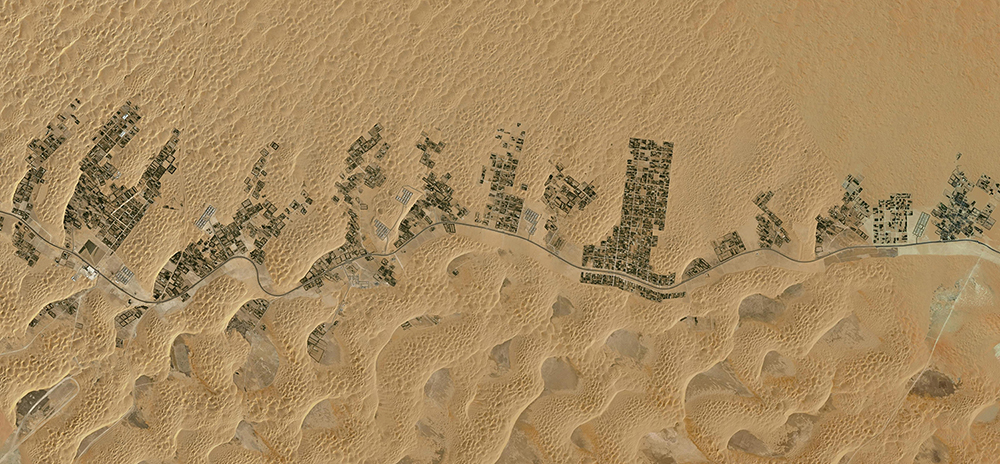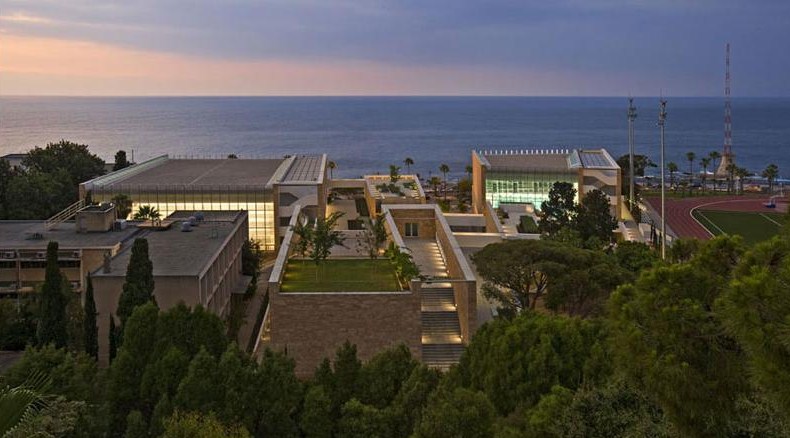
Guy El Khoury
From Electricity Concessions to National Grid
1885 is generally considered as the birth year of the electricity network in Lebanon. It is the year where the first concession for a network of gas lighting was established in Beirut when the city was still under Ottoman rule. Over the following decades, the development of the electricity infrastructure across the country was carried out by similar independent regional concessions.
Although the electricity network progressively expanded to cover major cities of the country, this scheme of infrastructure development failed to benefit all citizens and regions equally. Industrial development for example was only concentrated in areas where concessions provided reliable supply (Beirut suburbs and Chekka in the North).
It is only in the early 1960s that the improvement of access to electricity became a government priority. In fact, electrification was a key pillar of nation-building efforts spearheaded by president Fouad Chehab (1958 – 1964), who saw extending the electricity network to the entire Lebanese territory and unifying tariff schemes across the country as a guarantee for reliable and equal access to electricity for all citizens.
Continue reading The Power Sector in Lebanon




